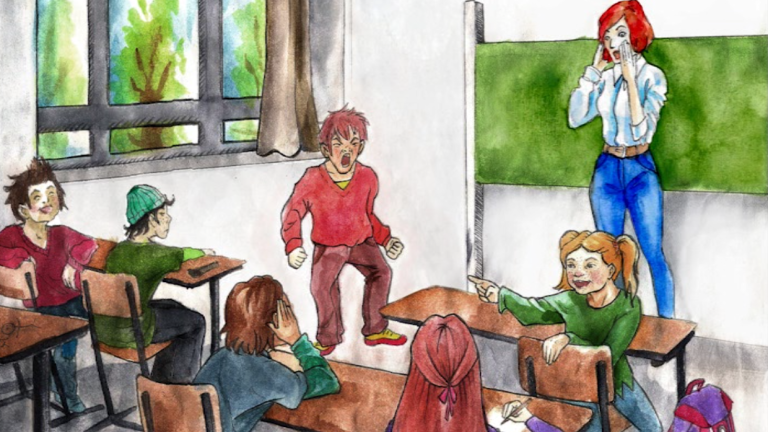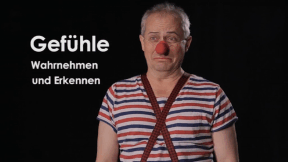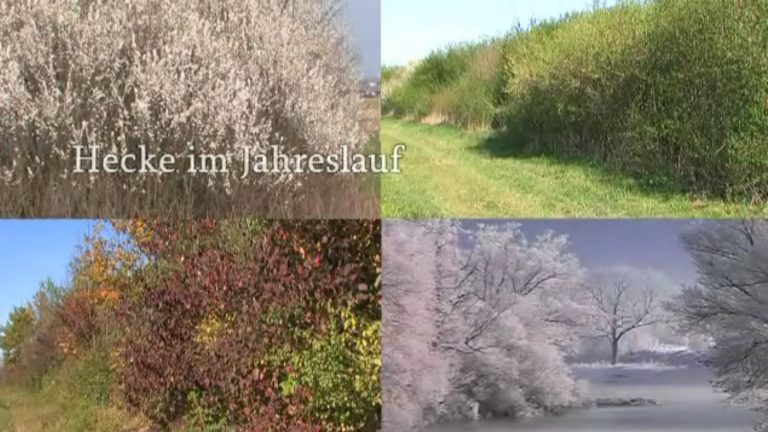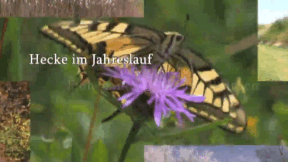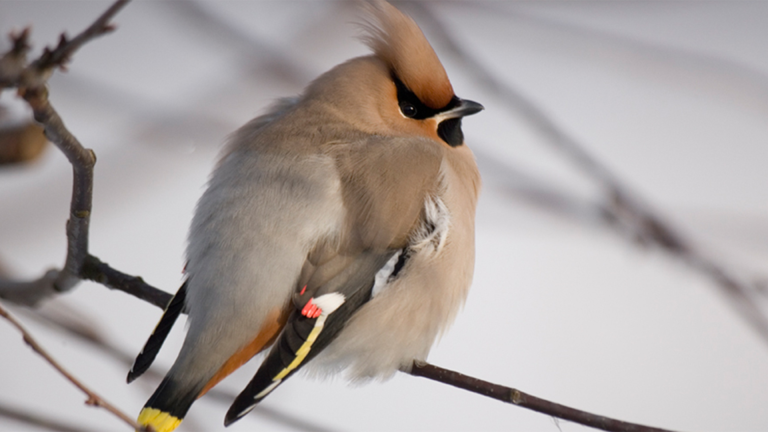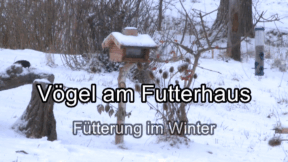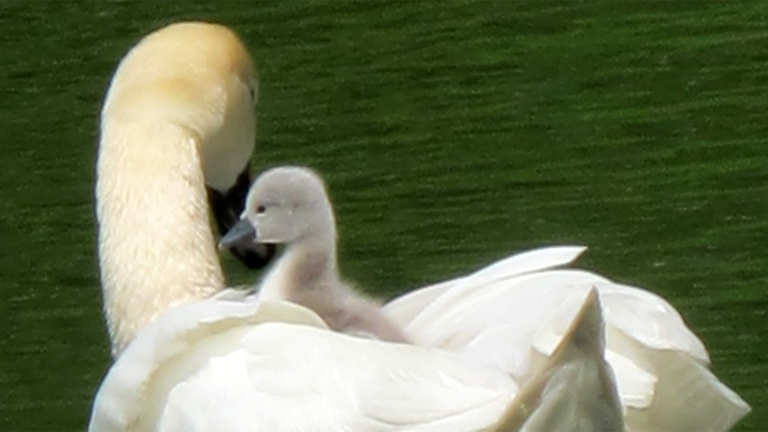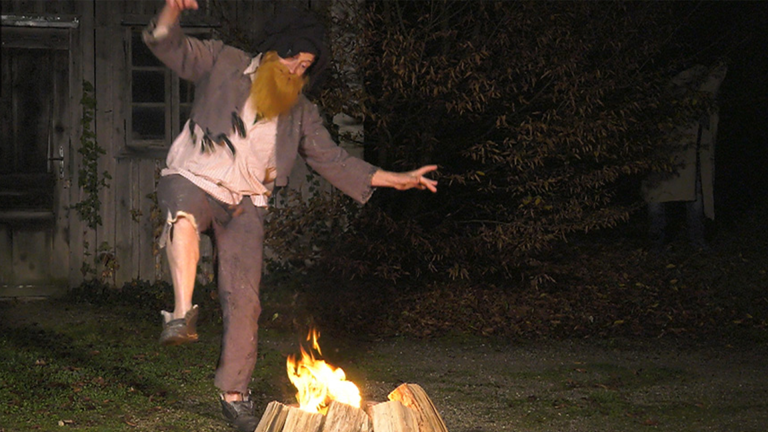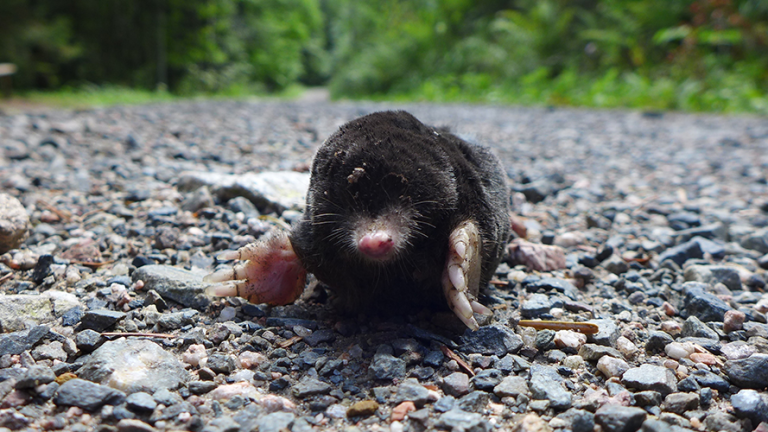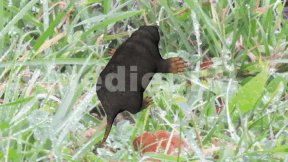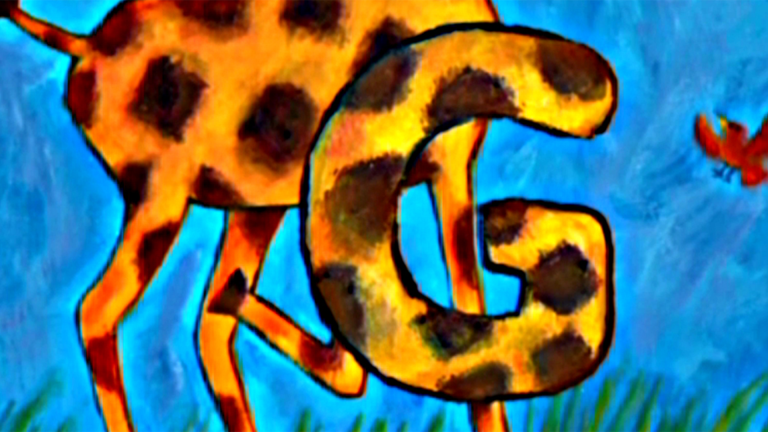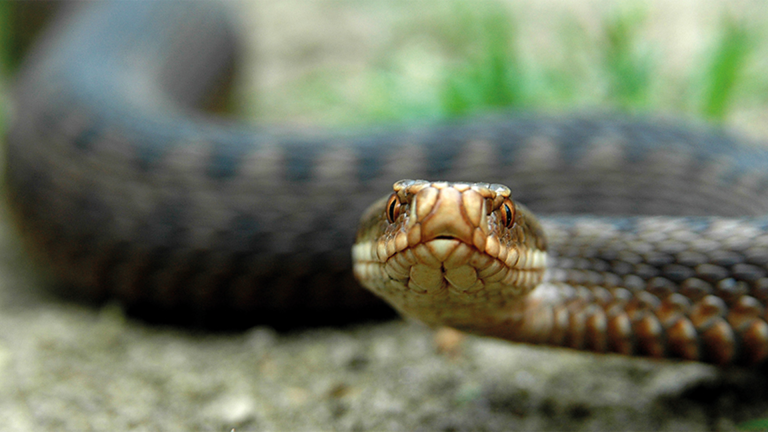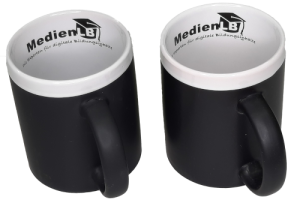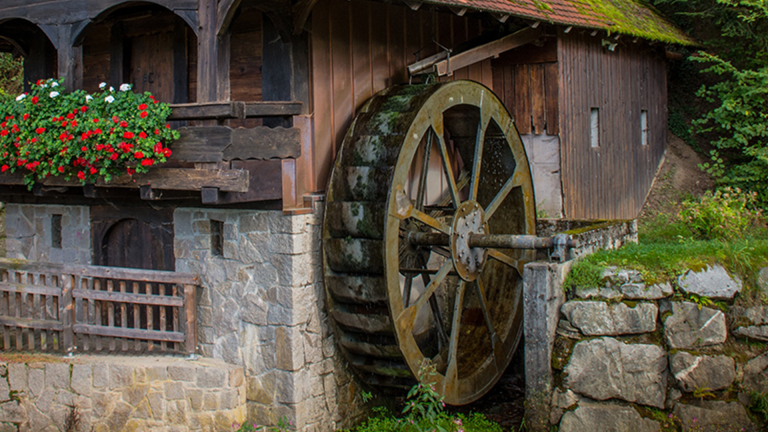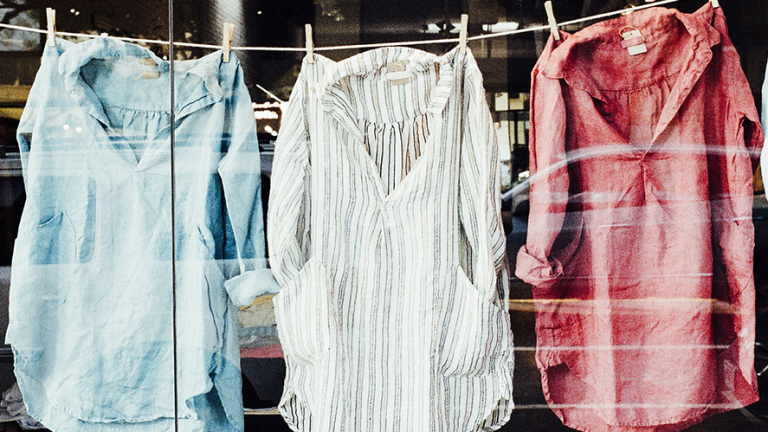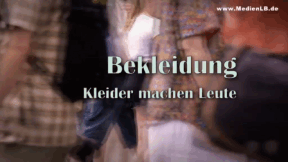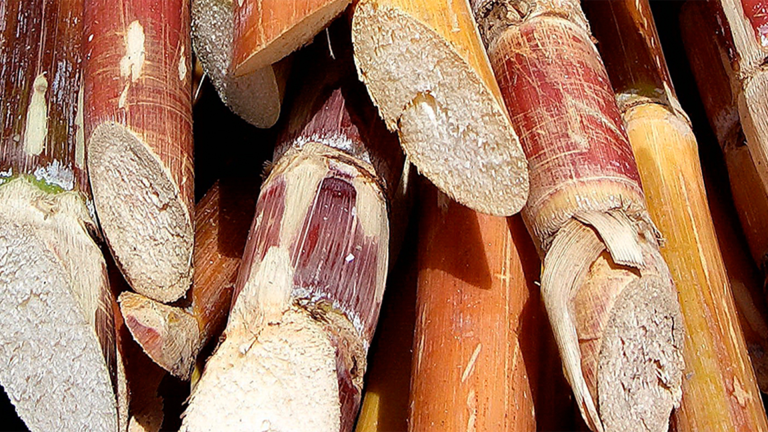Suche:
- # Artistry
- # Biology
- # Chemistry
- # Ecological
- # Economy
- # English
- # Foreign Language
- # Geography
- # German
- # Health
- # History
- # Informatik
- # Latin
- # Mathematics
- # Media Education
- # Music
- # Physics
- # Politics / Civics
- # Preschool
- # Primary School
- # Religion
- # Society
- # Sports
- # Technology
- # Training of Teachers
- # Vocational Education
Feelings
Feelings belong to humans like their noses and ears or like eating and breathing.
Learn moreThe Hedge in the Course of a Year
This DVD offers clearly structured information, in particular covering the following topics: Firstly, the diversity and type as well as the different tasks of a hedge are described. Vivid pictures illustrate the difference between low hedges, hedges of middle height and high hedges. The structure of the hedge is explained in detail. The DVD shows the hedge in the course of a year with the accompanying changes in flora and fauna. Here, an emphasis is put on introducing the most common shrubs, trees, flowers and animal species associated with the biotope of a hedge.In addition, the pupils learn to distinguish between poisonous and edible fruit from indigenous shrubs, illustrated by the examples of elder bush, blackthorn and the spindle tree. Blooms, fruit, spiders, insects and other hedge-dwellers are presented in close-ups of superior quality. The learning target “from the bloom to the fruit” is illustrated with the help of an animation. The film shows the interactions between plants and animals and highlights the correlations among the dwellers of the hedge habitat.
Learn moreBirds at the Bird Feeder
Winter has come. The trees are bare, a thick layer of snow covers the ground. Life seems to have frozen. There are a lot of animals that seem to cope very well with these harsh conditions. But for our native birds, a severe winter may mean a life-and-death struggle.
Learn moreFrom Hatchling to Swan
This native water bird glides majestically across the water. It has a graceful curved neck. But how does a small “grey duckling“ change into an “elegant swan”? At the age of two to three years, Mute Swans can have swanlings and set out to find a mate. Already in autumn, the mating time for the Mute Swans begins, mating birds, however, can be seen until March. Here, Mute Swans show a behaviour quite unusual in Anatidae: males and females court each other.
Learn moreRumpelstilzchen
„Rumpelstilzchen“ gehört zu den bekanntesten Volksmärchen der Gebrüder Grimm. Mit viel Herz stellt der Film die Geschichte der schönen Müllerstochter und Rumpelstilzchen lebendig und anschaulich dar.
Learn moreMaulwurf
Jedes Kind hat schon einmal von ihm gehört, gesehen haben ihn die Wenigsten, denn er lebt meistens im Verborgenen.
Learn moreA wie Affe, B wie Bär
Wir, Tiere der Welt, manche groß, manche klein, laden dich ganz herzlich zu uns ein.
Learn moreCommon European Adder
The common (European) adder is extremely wide-spread across the globe.
Learn moreClothing
Besides food and shelter, clothing is also one of the basic needs of human beings. Suitable clothing protects against wet, cold or warm conditions, and it also protects us from injuries or burns from the sun. Clothes are also useful because they help us to be able to pursue some jobs or tasks in a better way when wearing them. And finally, the clothes we wear are a sign we set for others. Thus, it is an expression of our personality. We sometimes let clothes speak for us, so to speak. Who we are, how we feel and what group we belong to. Which items does clothing comprise? Firstly, there is underwear: underpants and undershirt. On our feet, we wear socks or stockings. When it is cold, we might wear tights. Over our underwear, we wear a shirt or T-shirt on the upper part of our body. Our legs are covered by trousers. The trousers are supported by a belt or braces.
Learn moreSugar
The “Sugar” DVD covers the sugar beet and sugar produc- tion in detail. Simple and clear pieces of information allow the children to easily understand the individual stages from sowing the seeds to processing the beets in the sugar factory. The film conveys that the sugar produced is not an industri- al but a natural product, which is merely extracted from the sugar beet in the sugar factory. The pupils are provided with detailed answers to questions like “Since when have we had sugar?”, “What is sugar used for?” and “What properties does sugar have?”.The DVD addresses the following main points of the topic of “sugar”: Sugar sweetens our daily lives (sugar as an ingredient in many foodstuffs, significance of sugar in our diet), the his- tory of sugar (sugar as a luxury good 200 years ago), sugar formation in the beet (photosynthesis), sugar extraction (the major processes in the sugar factory), kinds of sugar (proper- ties of sugar, various kinds of sugar and their uses).
Learn more



